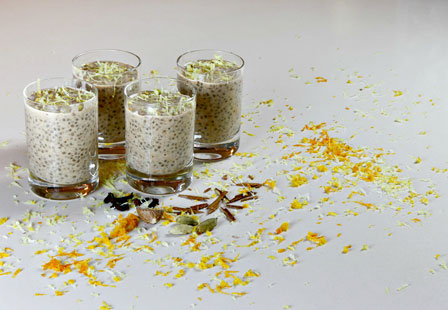Guest Blogs
Knowitall.ch often invites local experts in their field to contribute to their own blogs on our site. This means not only you will benefit from the useful recommendations that we make on our News pages, but you can also profit from some of the great advice and tips that these experts have to make on their favorite subjects. Whilst each of these bloggers has been recommended to us at some point during the evolution of Know-it-all passport and knowitall.ch, obviously we are not able to test out all the suggestions they make on their blogs, nor do we necessarily agree with all their opinions. So if you do find one of their tips useful (or not!), do let us know!
To make these blogs more accessible to you, we have now decided to group them altogether in one section, entitled Guest Blogs, accessible from our main menu bar. We will also post the most recent blogs on the home page of our site in the right hand column.
We are still building up this area of the site, and are looking for bloggers in a number of sections, including Your Home, Travel, and Leisure, so if you feel you have a useful contribution to make in either of these areas, and have the time to submit blog entries approximately every month, then please get in touch!

By Lisa Gibson, http://misswissbliss.wordpress.com/
Undoubtedly one of the most beautiful locations in Switzerland, this magnificent turquoise lake, tucked away in a forested area and entirely surrounded by sheer mountain cliffs, makes for an amazing day or weekend trip. Listed as a UNESCO World Heritage site, it’s the perfect place to enjoy the beauty and serenity of the outdoors – both in summer and winter. The landscape changes with the seasons and can look completely different depending on when you visit –– from pristine alpine greenery to a magical white wonderland.
Situated in Kandersteg, a region of the Berner Oberland, the travel time from Lausanne/Geneva is around 2.5 to 3 hours by either car or train.
During the summer time, Oeschinensee is a hikers paradise, a place to picnic, boat, swim, fish or simply relax and take in the natural beauty. It can be reached via a gondola, which takes you to the upper station. It is also possible to hike up from the lower station (during summer months only), taking around 1 ½ hours with a 400m incline. Once at the upper station, it’s just a 30 minute walk to reach the lake.

By Hiba Giacoletto, Healthwise
I wanted to share a new recipe for Baked Quinoa and Bean Patties with Healthy Ketchup.
This recipe contains several umami ingredients: The dried tomatoes, red wine vinegar, tamari sauce (or soy sauce), onion and garlic. It also combines a mix of tastes: Salty (sun-dried tomatoes + tamari sauce), sweet (from the maple syrup), pungent (onion + garlic), sour (vinegar). The addition of allspice also adds complexity to this fusion of tastes. This makes for a very sophisticated, grown-up version of ketchup that kids will probably not like (sorry!). Play around with adding more or less of certain ingredients to find a balance you like – taste is very individual.

By Hiba Giacoletto, Healthwise
This is a basic chia seed pudding recipe that combines the magic of spices and with orange and lemon zest to create a very winter-y taste.
Chia seeds contain 20% protein, 25% dietary fiber and about 35% healthy fats, mostly Omega 3. They are also a good sources of iron, calcium and other vitamins and minerals.
Chia seeds are great for thickening foods due to their jelly like consistency in liquid. This makes them an ideal ingredient in puddings so healthy you can also have them for breakfast, like this one!

By Tara Lissner, Swiss Gardening School
Well it is that time of year again, Christmas carols playing all around, the scent of mulled wine in the air, sparkling light-filled trees and all the chaos that comes with the anticipation of the holidays. It is also a time to look back and contemplate the year that was in the garden and look forward to the adventures in store for 2015.
What were your greatest successes, courgettes or roses, mine were the blueberries. Or the biggest disappointments, basil or geraniums, for me this year it has to have been the tomatoes. Taking notes and photographs as reminders of the successes and the failures in the garden is the best way to change and improve things for next year. A gardener’s best friend is the trusty notebook – a hard cover little notebook that slips into your pocket makes a great gift.

By Tanya Jeannet, Rockmybaby
A question we often get asked is “What is the difference between a Live-in Nanny and an Aupair?” They are indeed very different and suitability for your family really depends on your needs and situation. For a stay at home mom who needs an extra pair of hands or for a family that needs a few hours a week whilst parents work, an Aupair is perfect, For a family that needs more hours and sole independent care of their children, a nanny will be more suitable. Some differences between a nanny and an aupair are listed below.










